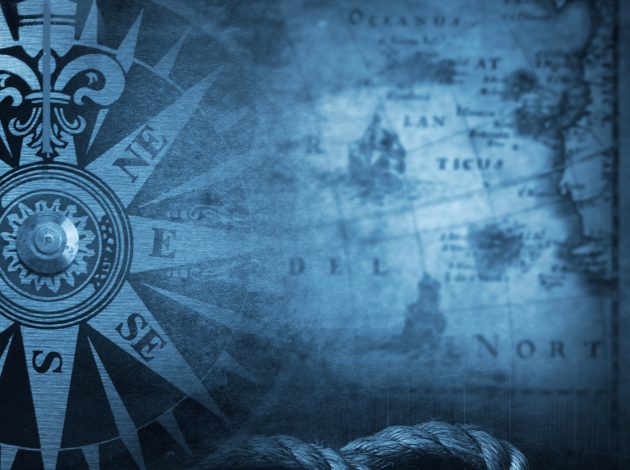Valuing John Harrison’s work – how much is that £20,000 longitude reward worth today?

John Harrison is famous for inventing the marine chronometer as his answer to the problem of finding longitude at sea, for which Parliament had in 1714 offered a reward of £20,000. One of the odder questions with which the ONS media relations office was recently faced was how much that would be worth today? And, quite separately, what were the actual prices in 1914 of various food items that might be hawked in a street market? But veteran media relations officer (and keen history buff) David Bradbury, who this month celebrates twenty years working in our press office, was able to offer some assistance in both cases, thanks to his hard-won knowledge of our outputs, even one of our lesser-known statistical series.
We sometimes describe the mission of the Office for National Statistics as producing “the numbers that matter most – on the economy and business, people, population and communities.” The aim of this is to help Britain make better decisions and improve lives. So the focus of our work is very much on how we can make our current data on such vital areas as movements in consumer prices better and more timely. But people are sometimes still very interested in prices data from the past, not least journalists in search of some colour. And in various forms, the official records on consumer prices go back over a century.
So when I was recently asked about the actual price of food items in 1914 – by a film-maker who was doing the sound track to a scene in a street market set that year and who wanted to make the cries of the vendors hawking their goods authentic – I was able to find a spreadsheet giving some actual food prices (in pre-decimal currency) from 1914, and let him have some examples – together with advice on how sums in ha’pence and farthings would have been pronounced. But 1914 is really the start of any official attempt to measure such things, in the form of the Cost of Living Index, produced by the Ministry of Labour between then and 1947 when it was replaced by the Retail Prices Index. This index was not without its problems: as a 2004 ONS article notes, its weights were based on a 1904 survey of urban working-class households’ spending and were not revised at all during its life (whereas our current Consumer Prices Index basket is revised annually to ensure it matches current spending patterns). Moreover, the weights were influenced by a highly subjective assessment of what constituted legitimate expenditure for a working-class family; beer was completely excluded and the weight used for tobacco was much less than actual expenditure on smoking. But at least price data were collected for that period. How does one go back further than that, if asked, for example, what various 18th-century sums would be worth in modern money?
Not long after that first call, I was contacted by another film-maker who was working on a science documentary for an overseas broadcaster about John Harrison, the inventor of the marine chronometer. She wanted to know how much the £20,000 reward offered by Parliament in 1714 would be worth today. But there’s an added complication from history: as I knew from Dava Sobel’s book about him, John Harrison never actually received the reward specified under the 1714 Act. Instead, after years working on his chronometers, he was eventually voted a special award of £8,750 by Parliament in 1773, as well as getting £10,000 as an interim payment for his ‘H4’ chronometer in 1765.
There is in fact an ONS-approved price index, going back to 1750, that was agreed some years ago between us, the Bank of England and the House of Commons Library, drawing on the work of various economic historians, especially C.H. Feinstein and Phelps-Brown & Hopkins. The work of the latter pair is used for the period 1750-1850: “until the early 19th century, prices are generally based on records from a few local markets, the accounts of colleges and hospitals in the South East of England, and from records of the Navy Victualling service”, as our 2004 article puts it. As someone who’s looked at 17th-century account books from my old college and has had to puzzle out their Latin abbreviations for ha’pence and farthings, I’m full of admiration for anyone who has had the patience to do this on such a scale!
The ONS index doesn’t go back to 1714, unfortunately. But it did allow me to work out that the Harrison’s first payment works out at about £1.313 million in today’s money, and the later one comes to about £1.736 million. So, all together Harrison’s rewards come to over £3 million in modern money. It sounds like a lot, but how can one put a price on the advances he made in safety at sea? How many ships and sailors were saved by his work?
Of course, knowledge of what prices were doing 250 years ago is not central to improving contemporary decision-making in the same way that tracking our present economy is, but as a passionate student of history I’m still glad that the Office for National Statistics is able to help with those sort of queries from our broadcasters and journalists.

David Bradbury is a senior media relations officer at the ONS.